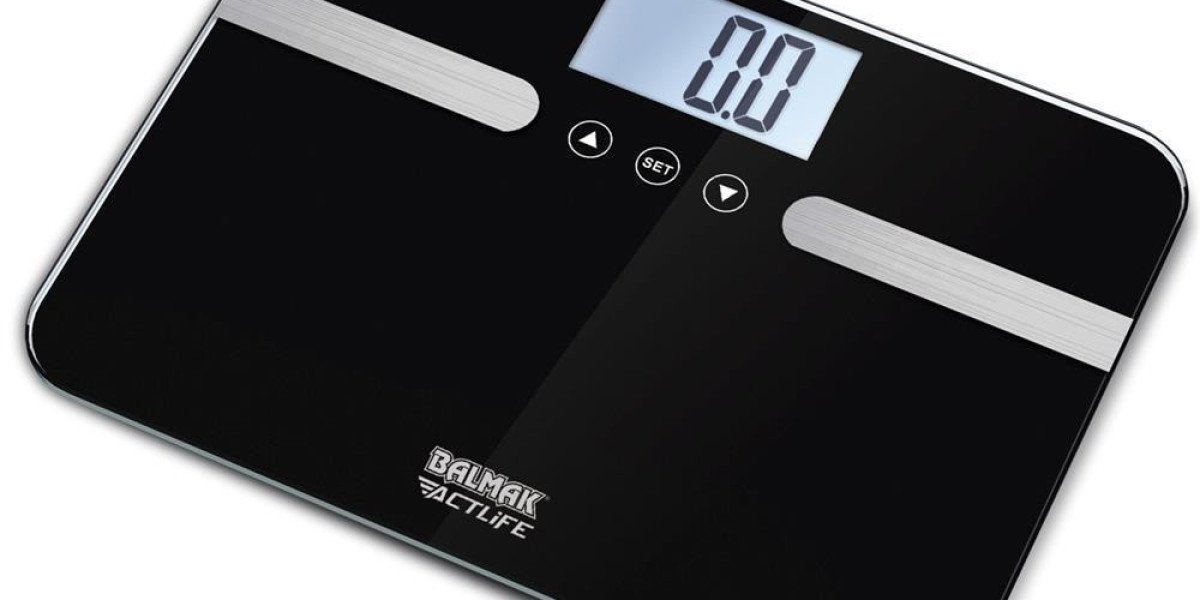In the realm of modern lighting solutions, DALI controllers have emerged as a pivotal technology. But what exactly are these controllers, and how have they evolved to meet the demands of smart lighting systems? This article delves into the intricacies of DALI controllers, exploring their functionality, benefits, and future potential.

What are DALI Controllers?
DALI, or Digital Addressable Lighting Interface, is a communication protocol that allows for the control of lighting systems. DALI controllers serve as the brain of these systems, enabling users to manage multiple lighting fixtures with precision. By facilitating two-way communication, DALI controllers can not only send commands to lights but also receive feedback, ensuring optimal performance.
Key Features of DALI Controllers
- Addressability: Each fixture can be individually addressed, allowing for tailored lighting solutions.
- Flexibility: DALI systems can easily integrate with various lighting technologies, including LED and fluorescent lights.
- Energy Efficiency: By enabling precise control, DALI controllers contribute to significant energy savings.
- Scalability: DALI systems can be expanded effortlessly, accommodating future growth and changes in lighting needs.
The Benefits of Using DALI Controllers
One of the primary advantages of DALI controllers is their ability to enhance energy efficiency. By allowing for fine-tuned control over lighting levels, users can reduce energy consumption without sacrificing illumination quality. Furthermore, the integration of DALI controllers into smart building systems promotes sustainability and reduces operational costs.
Moreover, the user experience is significantly improved. With DALI controllers, users can create customised lighting scenes that cater to specific activities or moods. For instance, a workspace can be illuminated with bright, focused light during the day, while softer, ambient lighting can be employed in the evening.
Future Trends in DALI Technology
As the demand for smart lighting solutions continues to grow, the evolution of DALI controllers is expected to advance further. Innovations such as wireless DALI systems are on the horizon, promising even greater flexibility and ease of installation. Additionally, the integration of DALI with IoT (Internet of Things) technologies will enable more sophisticated control and automation capabilities.
For those interested in exploring the latest advancements in DALI technology, resources such as provide valuable insights.
Conclusion
In conclusion, DALI controllers represent a significant leap forward in lighting technology. Their ability to provide precise control, enhance energy efficiency, and improve user experience makes them an essential component of modern smart lighting systems. As technology continues to evolve, the future of dali controllers looks promising, paving the way for even smarter and more sustainable lighting solutions.








